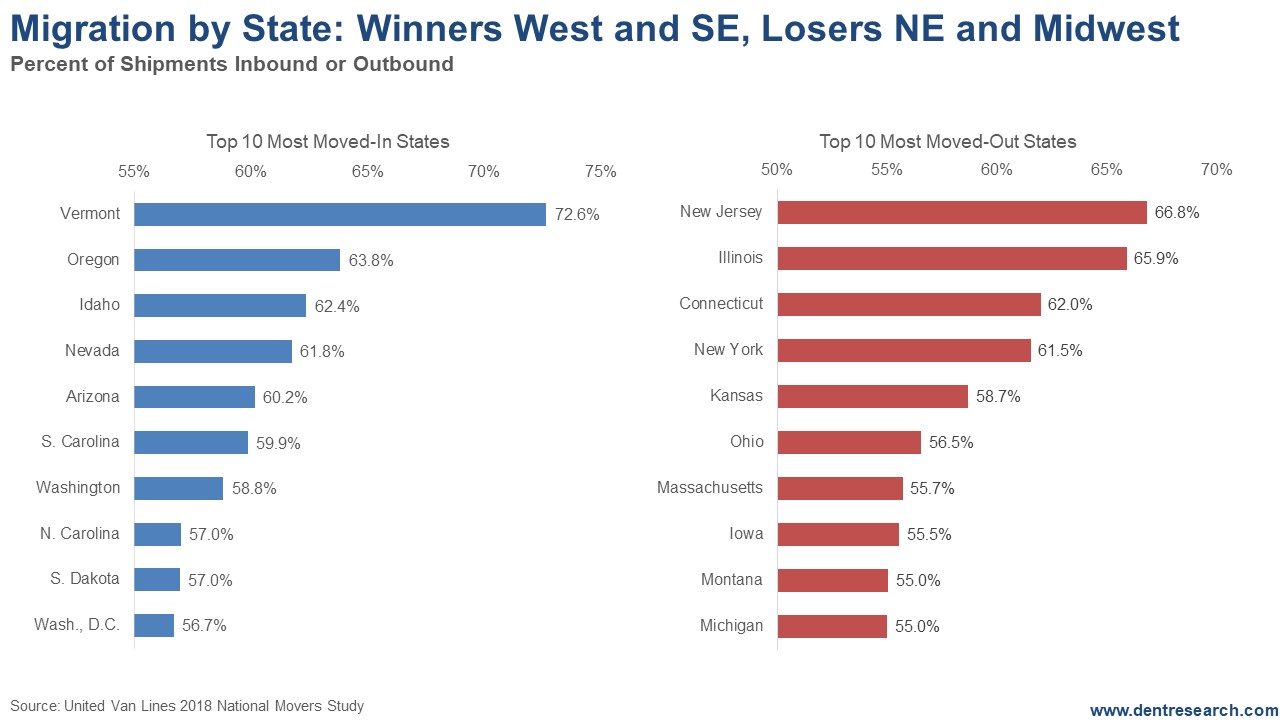Let’s pick up where we left of in our real estate conversation from last week. It’s on everyone’s minds. It’s all over the media. Everyone knows housing prices are over inflated. In places like San Francisco, they’re outrageous. Increasingly, the data shows trouble brewing.
The bottom line is, the property market must reset. People can’t afford to own homes in some of the major cities… and it’s not like they are earning poorly. They’re averaging close to $100,000 a year, yet they can’t buy a house. Increasingly, it seems like you have to be a millionaire just to own a trailer-sized house in places like Manhattan and Vancouver.
I came across this interesting infographic the other day. It maps the salary needed to buy a home in 50 U.S. metro areas.
The American Dream is Becoming too Expensive
In places like Nashville or Tampa, Charlotte or Baltimore, you need to earn less than $60K a year. In San Diego and San Francisco, you need more than $199K. In San Jose, you need to earn a salary of $254.8K to buy a house. The median home price there is $1,25,000. There’s no way. Seriously, who has that kind of money?
There are many ticking time bombs that could level this real estate bubble. One is the underwater mortgage problem I told you about last week. Another is the sheer size of this bubble. It’s going to end up crushing itself and all who are in the way when it collapses. A third – perhaps most dangerous – is the dyers-versus-buyers phenomenon that will arise as Baby Boomers continue on the path to the grave.
Where’s Everyone Going?
Of course, indicative of this growing problem is the migration of people across the continental U.S. According to the latest stats out of United Van Lines, domestic migration continues to shift towards better climates and affordability in select western and southeastern states.
The states in the Northeast and Midwest are losing people rapidly. In part, that’s thanks to the loss of manufacturing jobs in the rust belt. In part, that’s thanks to expensive real estate in places like New Jersey, Connecticut, and Chicago.
mestic migration looks like this currently…
Vermont is the #1 destination for migrants because it’s small, charming, and attracts aging hippies and liberals, like Ben & Jerry and Bernie Sanders. But the big winners tend to be in the more affordable and growing states in the west: Oregon, Idaho, Nevada, Arizona, and Washington state.
The Losers…
The losers are all in the Northeast and Midwest, except Montana where the weather is twice as cold and snowy as neighboring Idaho and the cattle to people ratio may even be higher than in Wyoming. New Jersey and Illinois are the worst as they are more industrial, blue-collar areas near more expensive metro areas.
In a major downturn, as I forecast ahead, even domestic migration rates are likely to slow. But the states that continue to attract, especially due to lower costs and retirement prospects should hold up the best – and be the best buy opportunities after the crash.
The content of our articles is based on what we’ve learned as financial journalists. We do not offer personalized investment advice: you should not base investment decisions solely on what you read here. It’s your money and your responsibility. Our track record is based on hypothetical results and may not reflect the same results as actual trades. Likewise, past performance is no guarantee of future returns. Certain investments such as futures, options, and currency trading carry large potential rewards but also large potential risk. Don’t trade in these markets with money you can’t afford to lose. Delray Publishing LLC expressly forbids its writers from having a financial interest in their own securities or commodities recommendations to readers.
Recommended Content
Editors’ Picks
EUR/USD clings to daily gains above 1.0650

EUR/USD gained traction and turned positive on the day above 1.0650. The improvement seen in risk mood following the earlier flight to safety weighs on the US Dollar ahead of the weekend and helps the pair push higher.
GBP/USD recovers toward 1.2450 after UK Retail Sales data

GBP/USD reversed its direction and advanced to the 1.2450 area after touching a fresh multi-month low below 1.2400 in the Asian session. The positive shift seen in risk mood on easing fears over a deepening Iran-Israel conflict supports the pair.
Gold holds steady at around $2,380 following earlier spike

Gold stabilized near $2,380 after spiking above $2,400 with the immediate reaction to reports of Israel striking Iran. Meanwhile, the pullback seen in the US Treasury bond yields helps XAU/USD hold its ground.
Bitcoin Weekly Forecast: BTC post-halving rally could be partially priced in Premium

Bitcoin price shows no signs of directional bias while it holds above $60,000. The fourth BTC halving is partially priced in, according to Deutsche Bank’s research.
Week ahead – US GDP and BoJ decision on top of next week’s agenda

US GDP, core PCE and PMIs the next tests for the Dollar. Investors await BoJ for guidance about next rate hike. EU and UK PMIs, as well as Australian CPIs also on tap.
